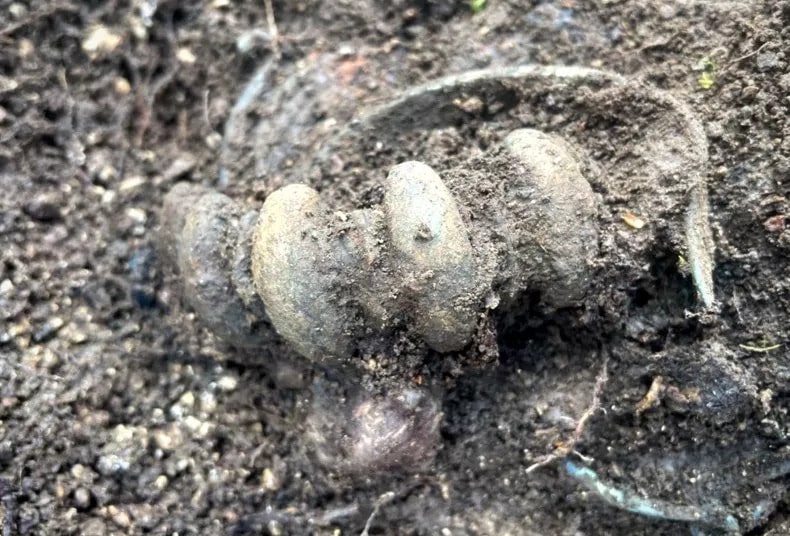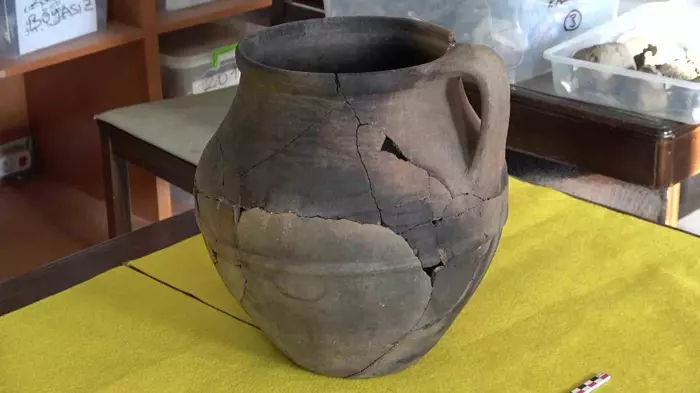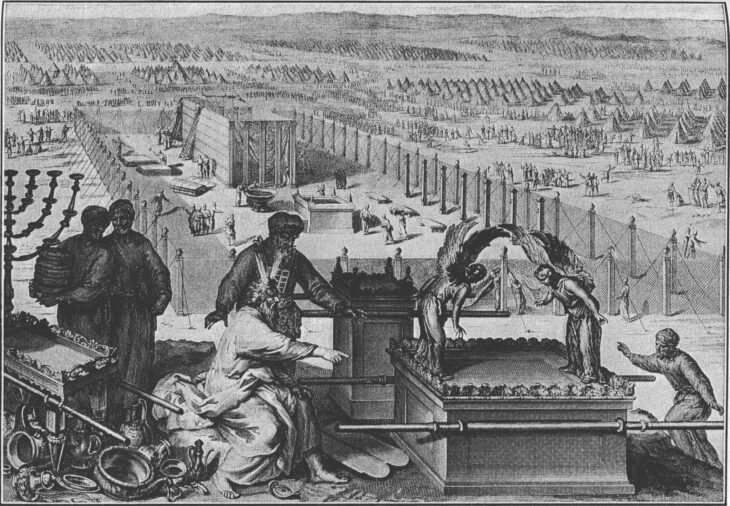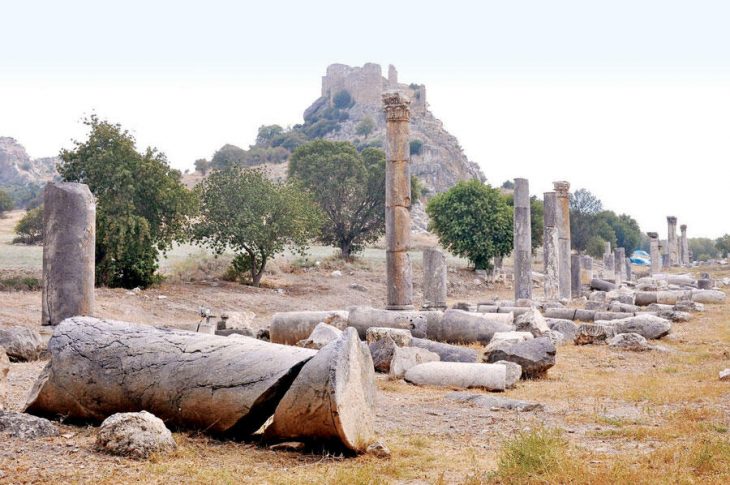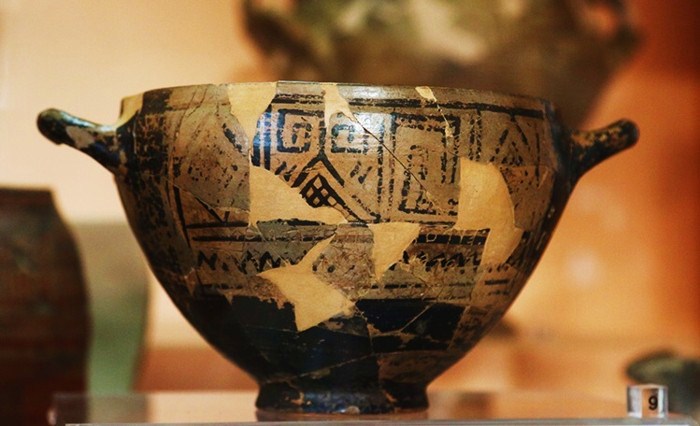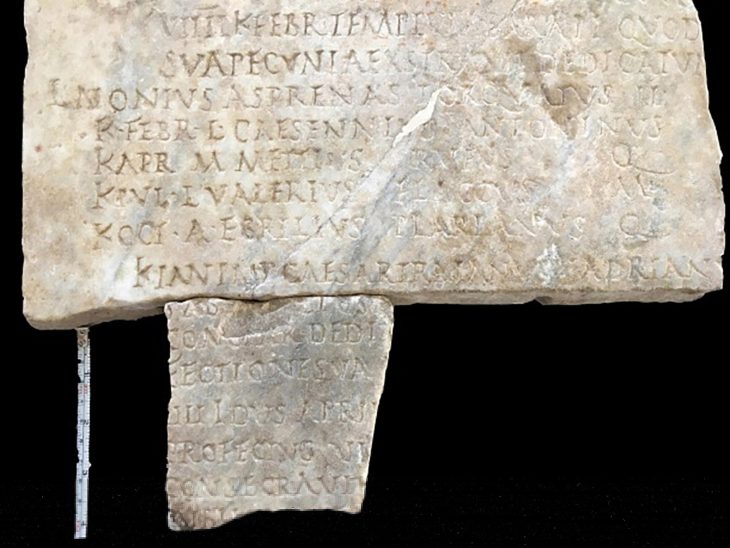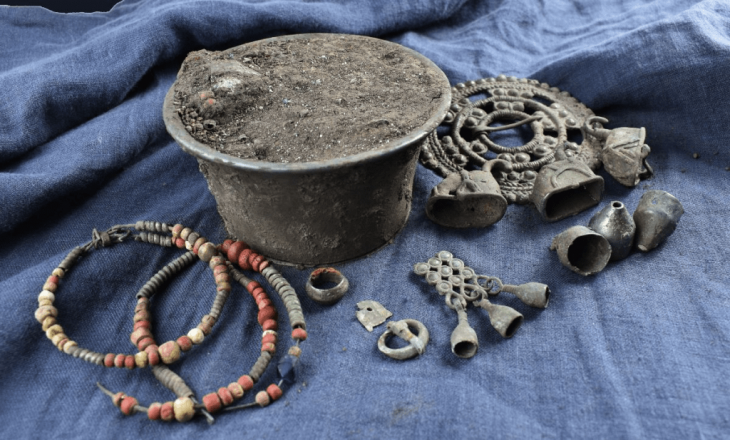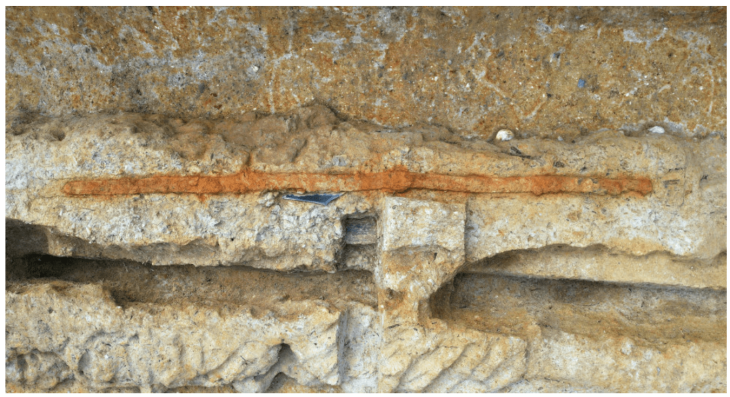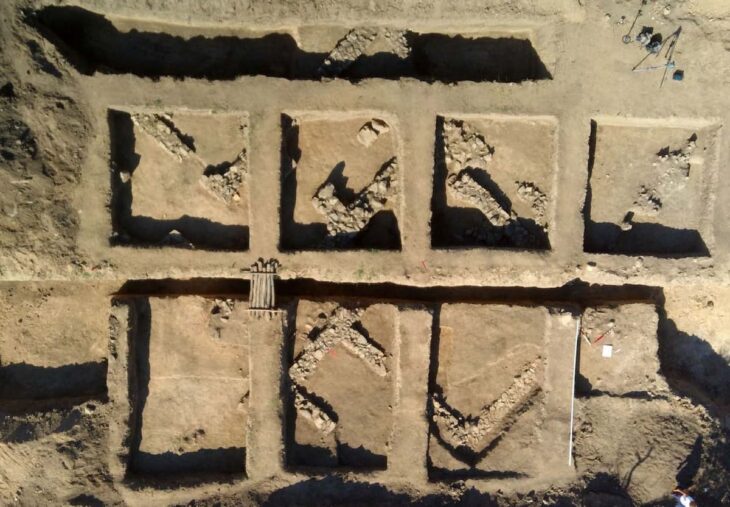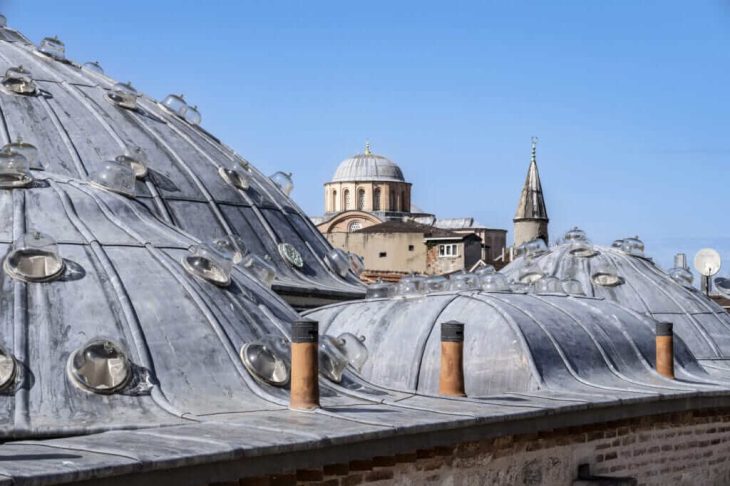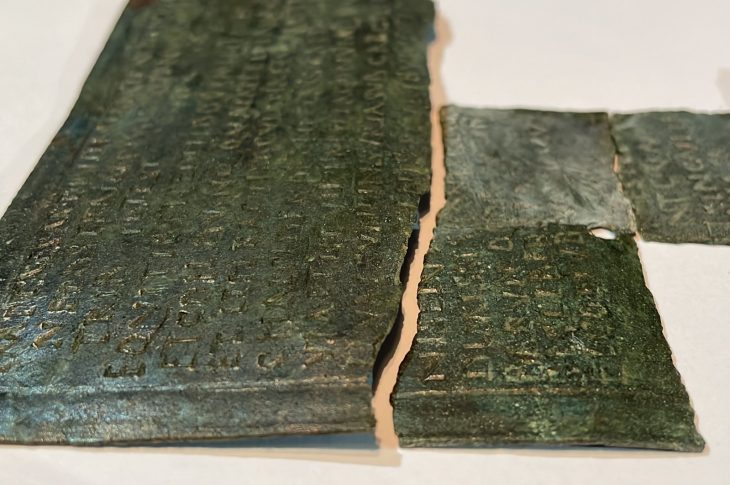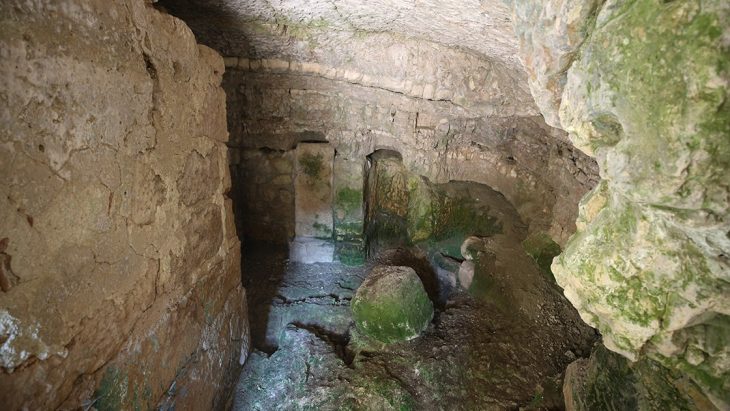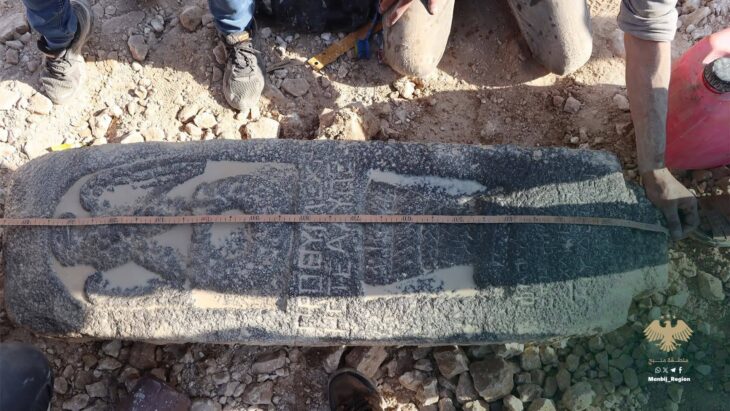Archeologists from the Vienna Natural History Museum (NHM), a cremation burial containing bronze jewelry and rare surviving textile fragments have unearthed from the Early Iron Age (800-550 B.C.) burial ground at Hallstatt, Austria.
In the course of the NHM’s current excavation campaign at the Hallstatt Salzberg, archaeologists have unearthed many new finds. The most remarkable among them is a cremation grave with very well-preserved bronze burial gifts. During the expert recovery of the metal finds, the researchers discovered amazingly well-preserved fabric remains.
Hallstatt is known for its production of salt dating back to prehistoric times and gave its name to the Hallstatt culture, a people that emerged during the Late Bronze.
The burial is situated in an Iron Age cemetery first discovered in 1846, where archaeologists excavating the site in 1863 found over 1,000 graves and numerous grave goods.
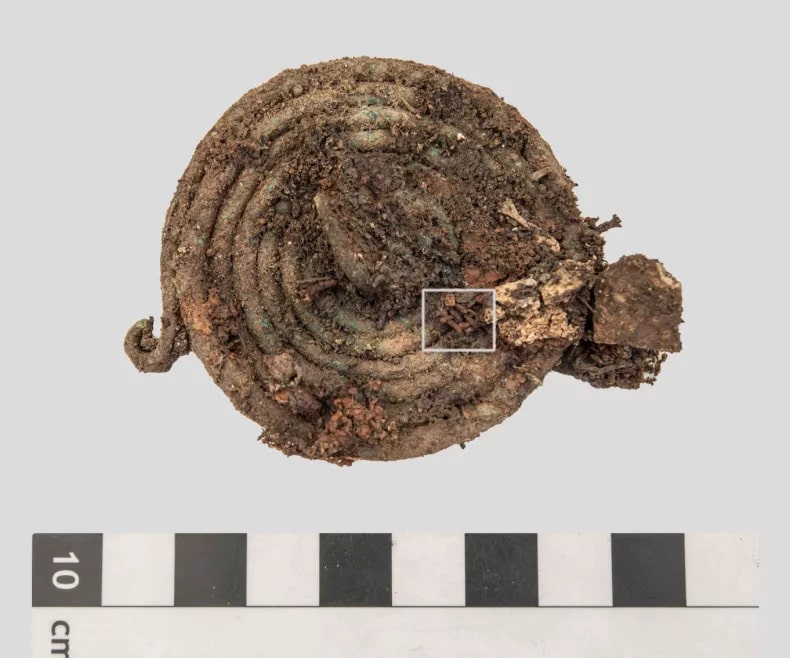
NHM VIENNA, ANDREAS W. RAUSCH
“It is not only the good state of preservation of the costumes and pieces of jewelry that were placed in the grave that is remarkable,” Johann Rudorfer, a research associate in the Prehistoric Department of the Natural History Museum Vienna said in a statement. “But also the fact that we were able to identify a clearly recognizable burial pit inspires us. The area was extensively archaeologically investigated in the 19th century, but little attention was paid to certain details, such as the grave construction.”
📣 Our WhatsApp channel is now LIVE! Stay up-to-date with the latest news and updates, just click here to follow us on WhatsApp and never miss a thing!!
Finds include a ribbed arm ring, spirals of thin wire (possibly from a fibula brooch), a bronze blade with traces of the wooden handle, and a piece of iron lead that has been identified as a belt fitting.
The finds were densely packed into the grave, and it was only when the objects were detached and examined closely that archaeologists recognized the surviving traces of fabric on the undersides of the spiral discs. These might be the first archaeological evidence that textile pouches were used to contain cremated remains for burial.
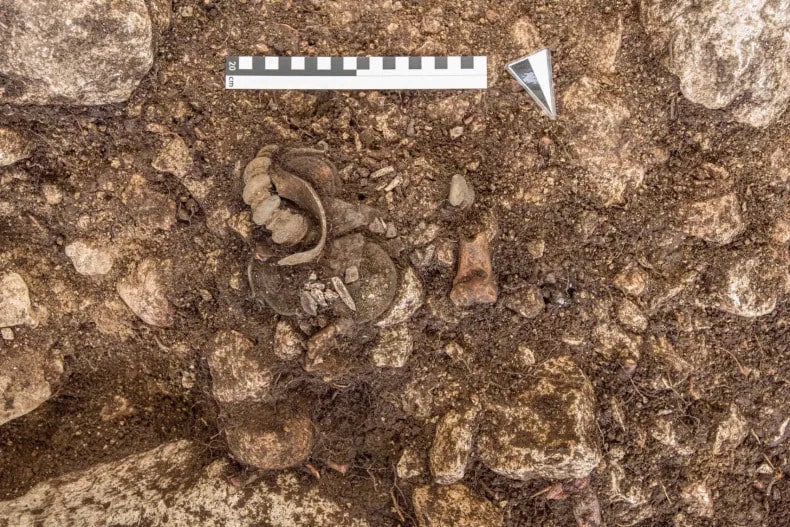
The researchers believe the burial was placed in a textile bag and the spiral discs were placed on top, revealing for the first time a new distinct Hallstatt culture burial practice from the Iron Age.
Archaeologists also found animal bones, thought to be food for the afterlife, a bronze knife blade, and a piece of sheet iron, possibly from a belt fitting. All of the items appeared to have been deliberately bent or broken. According to the researchers, the intentional damage of metalwork was a ritual offering and may have been an expression of the death of the buried individual.
The exploration of the Iron Age cemetery is far from over. With modern excavation and documentation methods, further research questions that have not yet been answered can also be clarified by the excavation campaign at the Hallstatt Salzberg.
Cover Photo: The bronze arm ring in situ. Photo: NHM VIENNA, STEFAN KROJER

